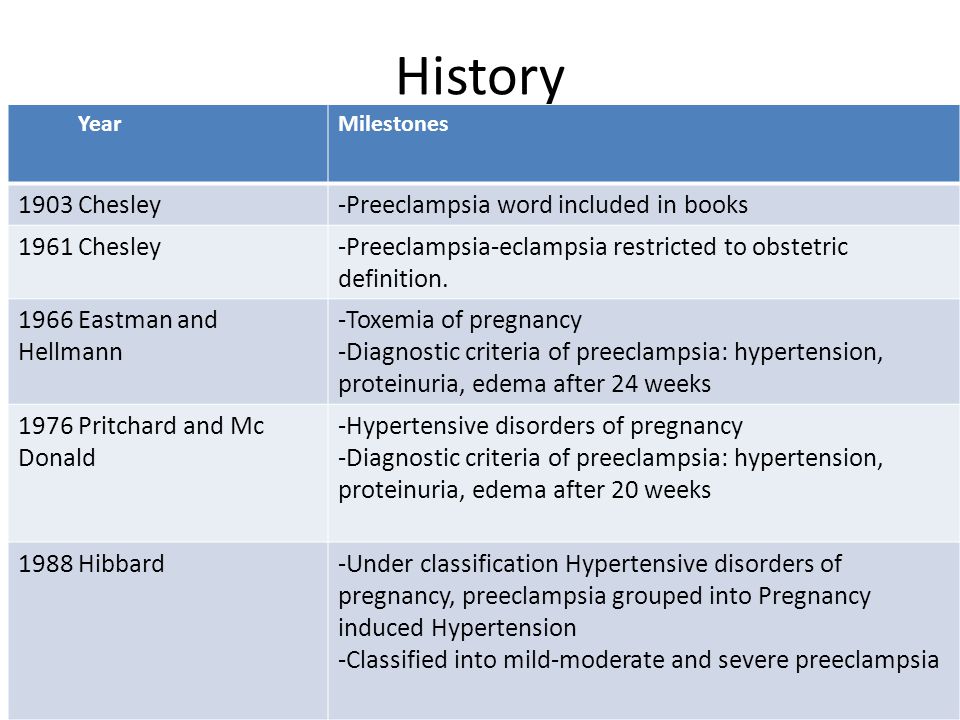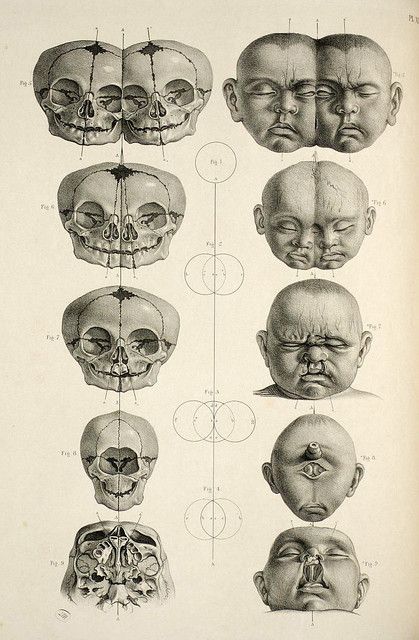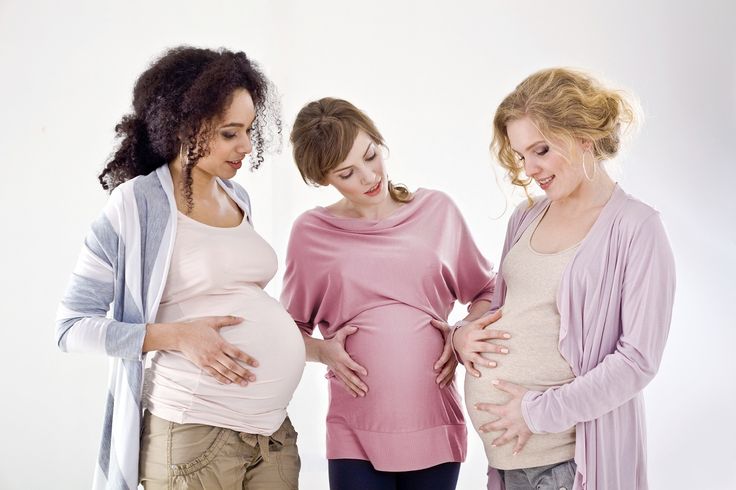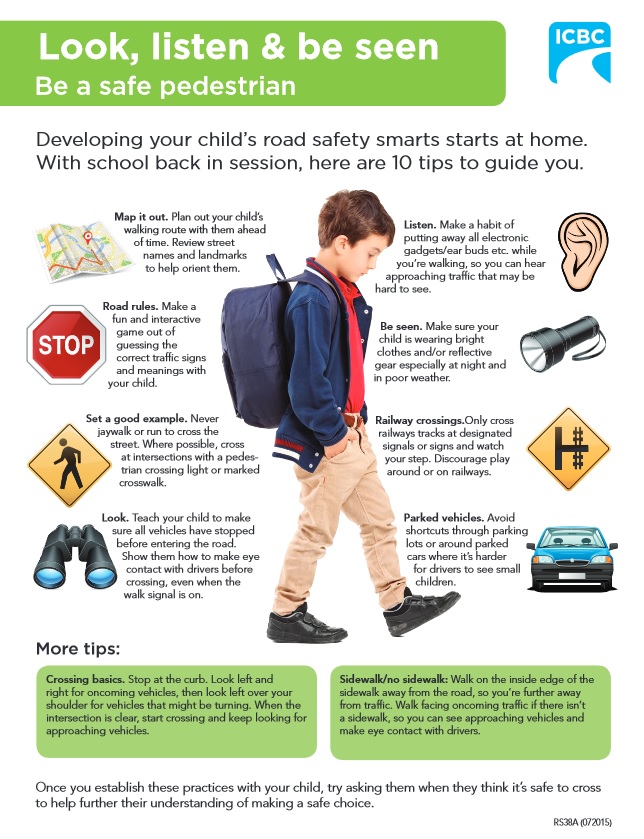First time feeling baby movement
What Do Baby Kicks Feel Like
Did you know that the ~legit~ name for “baby kicks” is called quickening? Yup, it’s called quickening when an expectant mother can start to feel movement from their baby inside them. According to the Mayo Clinic, quickening tends to happen around 20 weeks of pregnancy (or 18 weeks after conception), during your second trimester.
This content is imported from {embed-name}. You may be able to find the same content in another format, or you may be able to find more information, at their web site.
Your baby kicking inside you can also be confused for gas (sorry to ruin the moment), among many other sensations you’ll read about below: everything from butterflies in your gut when you see someone you love, to tickles, to twitches.
No matter what the name, it can be one of the most exciting times in your pregnancy when you first feel your baby kick. Whether you’re an expectant mother who can’t wait to feel their baby kick, a mother reliving the feeling of quickening, or just someone curious as to what it feels like, here’s how 15 mothers describe the feeling of their baby first kicking.
1. “It felt like being tickled from the inside. I was eating cake when I first felt my first baby kick, and it felt like every few bites of cake I ate, I felt more and more tickles.”—Gina, 38
2. “I would describe the feeling of my baby kicking for the first time as a soft flutter or ripple against my belly. I was sitting alone in a conference room after wrapping up an early meeting when I felt the unmistakable flutter in my stomach. It felt like tiny gas bubbles, but without pain. “—Allie, 30
3. “The first time feeling our son kick felt like butterflies in the pit of my stomach. I think of it like the feeling you get when you look at your partner and get that shy feeling inside. It was weird because it was so unexpected, and up until that time, it didn't really hit me that I was pregnant. As a masculine identifying lesbian, I never thought I'd be pregnant. After feeling him kick, my first thought was holy s$*@, this is really happening.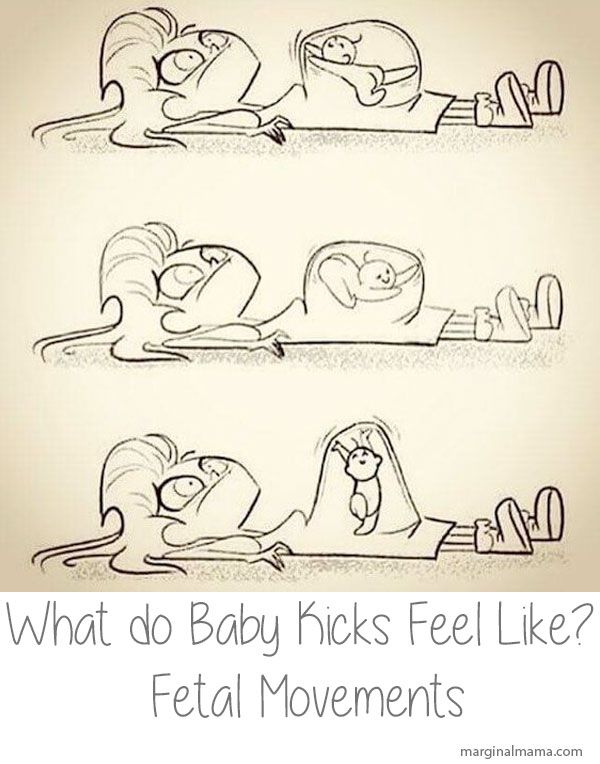 ”—Corritta, 28
”—Corritta, 28
4."Honestly, the first time I felt my baby kick, it was a very strange and uncomfortable feeling. I remember I was scared because she was very calm and suddenly she moved fast and hard. It was very painful and I noticed her little knee sticking out of my belly. I was at work, and I screamed hard, and then I got very emotional."—Nedime, 29
5. "At first it felt like bubbles or popcorn popping. Now that he's bigger it's harder to describe. Like it definitely feels like he's kicking or punching but it doesn't hurt. Sometimes when he stretches or rolls around it feels kind of like a wave."—Daylee, 24
6. "Both my husband and I were lucky to be able to feel our baby kick early at 16 weeks! I was thankful to be so in tuned with my body because I can definitely understand how many women confuse the movements with gas bubbles. They are the most lovely, welcomed gas bubbles ever!" —Katy, 31
They are the most lovely, welcomed gas bubbles ever!" —Katy, 31
7. "It's the most spectacular feeling I've ever experienced. The best way to describe the sensation is like having a private party with just you and your child and no one else is invited. You will sometimes see me stop and smile out of nowhere, or rub my belly with a comical grin on my face as if to say 'alright buddy, I know you're in there.'"— Demia, 31
8. "It would mostly happen at night when I was trying to relax. It feels incredible, like fluttering, and as the months progressed it would get more aggressive. Sometimes I’d let out a yelp because [the baby would] jab my bladder or ribs. From the outside my husband said it looked like an alien was inside my belly."—Rana, 34
9. "The first time I felt my baby, it felt like flutters, so faint it might have been indigestion and I just remember thinking 'Was that [the baby]? Am I imagining things?' As the weeks passed, I could feel her sort of bumbling around, sort of pushing on the walls of her little cocoon, then, one day, a kick! We would play this game where she would kick and I would push back a bit. Closer to the end, I could see her kicking, which is the weirdest thing ever. It is both comforting and terrifying to carry a tiny human inside of you — you are never alone, but it also feels like a little parasite and you are so terrified about eating the wrong thing or falling or the million other things that can go wrong."—Hilary, 32
Closer to the end, I could see her kicking, which is the weirdest thing ever. It is both comforting and terrifying to carry a tiny human inside of you — you are never alone, but it also feels like a little parasite and you are so terrified about eating the wrong thing or falling or the million other things that can go wrong."—Hilary, 32
10. "With my first child I felt the first kick at 17 weeks. I was lying in bed on my back and I felt a little flutter within me. It wasn’t a rumble from hunger or gas, it was fleeting and gentle. I had seen the sonogram and obviously knew a baby was inside me, but feeling that movement for the first time made it more real. I marveled at the life inside of me, immediately touched my stomach, and felt more protective of the little baby I was in charge of growing. The kicks become addictive — you are always waiting for another one."—Kelly, 32
11. "I recall the first time feeling my baby kick as a fluttering sensation. In the beginning, it is so light that you will wonder if it is actually happening. To me, it felt like a twitch in my stomach, as though my muscles were contracting slightly. Feeling your baby kick for the first time (and each subsequent time) is a truly incredible feeling. It is reaffirming that there is a little being growing and being nurtured inside of you. Even after all of my pregnancies, I still feel the little twitch from time to time and it brings me right back to those memories. There really is nothing else like it."—Jamie, 32
In the beginning, it is so light that you will wonder if it is actually happening. To me, it felt like a twitch in my stomach, as though my muscles were contracting slightly. Feeling your baby kick for the first time (and each subsequent time) is a truly incredible feeling. It is reaffirming that there is a little being growing and being nurtured inside of you. Even after all of my pregnancies, I still feel the little twitch from time to time and it brings me right back to those memories. There really is nothing else like it."—Jamie, 32
12. "I've described it like you've eaten a meatball sandwich that gave you gas and now it's kicking you! It might start out as butterfly kicks, tiny and rapid, but as the baby gets bigger (around month six of pregnancy), you will get these feelings of long stretches, like arms or legs, where baby is feeling its way around your womb. And often times you can actually see baby moving in your belly at this stage.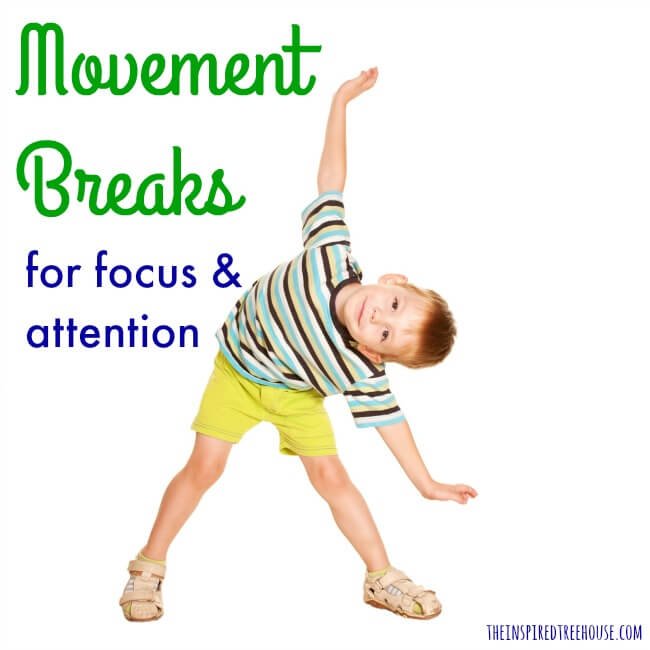 "—Kenna, 30
"—Kenna, 30
13. "When I felt my baby kick for the first time, it felt like there were butterflies flying around inside my stomach. At first, I thought it was just my stomach growling or nervous twitches, but a few times later, I knew it was him kicking. The feeling is unlike anything else and I feel that after you feel them kick, the connection between you and the baby is so much stronger. That's when pregnancy really starts to feel real."—Cassidy, 23
14. "The first time my son kicked me while I was pregnant, I wasn't even sure if that's what it was. I remember so clearly, my husband and I were looking at apartments and we stopped at a gas station to fill up and (who are we kidding) get me some snacks. Everyone always told me that feeling that first kick feels like popcorn popping in your stomach — which is completely true, but it's a a sensation you'll never understand until you go through it. The best way I could describe it would be it almost felt like a very, teeny, tiny grumbling in my stomach."—Jacqueline, 31
The best way I could describe it would be it almost felt like a very, teeny, tiny grumbling in my stomach."—Jacqueline, 31
15. "The first time I felt my son kick it was one of those weird 'is it or isn’t it' experiences. Since it’s a totally new sensation, you’re not really sure if it’s just your stomach or the baby. It was one of the most 'we’re really doing this' moments of the pregnancy, though because it made it feel real and very tangible — not the abstract idea of 'your baby is the size of a grape' or whatever tiny fruit of the week it equates to in size. The only downside is that, at that early point, it’s not really a shared experience yet, so I could explain it to my husband, but he couldn’t feel anything himself."—Danielle, 33
Carina Hsieh Sex & Relationships Editor Carina Hsieh lives in NYC with her French Bulldog Bao Bao — follow her on Instagram and Twitter • Candace Bushnell once called her the Samantha Jones of Tinder • She enjoys hanging out in the candle aisle of TJ Maxx and getting lost in Amazon spirals.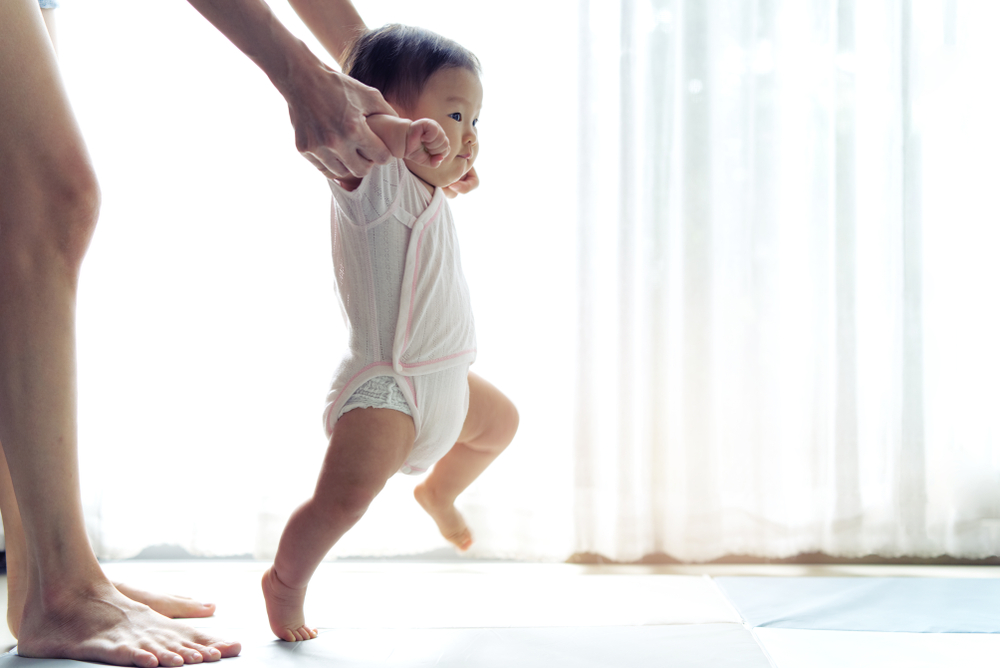
Fetal Movement - WebMD: When You Feel Baby Kick
Written by Stephanie Watson
Reviewed by Traci C. Johnson, MD on January 08, 2021
In this Article
- When Will I Feel My Baby Kicking?
- What Does the Baby's Kicking Feel Like?
- How Often Should I Feel My Baby Moving?
- Should I Monitor My Baby's Kicking?
- If You Don't Feel Your Baby Moving
- Timeline of Baby Movement
One of the most exciting moments in your pregnancy is when you feel those first little flutters of your baby kicking. These tiny movements reassure you that your baby is developing and help you feel closer to the little life inside of you.
When Will I Feel My Baby Kicking?
You should feel your baby's first movements, called "quickening," between weeks 16 and 25 of your pregnancy. If this is your first pregnancy, you may not feel your baby move until closer to 25 weeks. By the second pregnancy, some women start to feel movements as early as 13 weeks.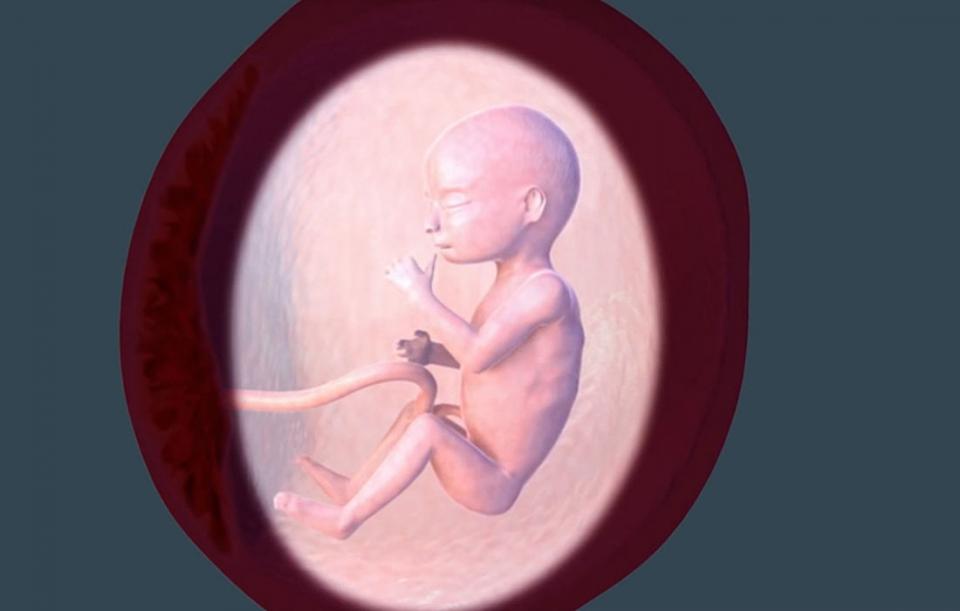 You're more likely to feel baby move when you're in a quiet position, either sitting or lying down.
You're more likely to feel baby move when you're in a quiet position, either sitting or lying down.
What Does the Baby's Kicking Feel Like?
Pregnant women describe their baby's movements as butterflies, nervous twitches, or a tumbling motion. At first, it may be hard to tell whether your baby has moved. Second- and third-time moms are more adept at distinguishing those first baby movements from gas, hunger pangs, and other internal motions.
By your second and third trimesters, the movements should be more distinct, and you'll be able to feel your baby's kicks, jabs, and elbows.
How Often Should I Feel My Baby Moving?
Early in your pregnancy, you may just feel a few flutters every now and then. But as your baby grows -- usually by the end of the second trimester -- the kicks should grow stronger and more frequent. Studies show that by the third trimester, the baby moves about 30 times each hour.
Babies tend to move more at certain times of the day as they alternate between alertness and sleep. They are usually most active between 9 p.m. and 1 a.m., right as you're trying to get to sleep. This surge in activity is due to your changing blood sugar levels. Babies also can respond to sounds or touch, and may even kick your partner in the back if you snuggle too close in bed.
They are usually most active between 9 p.m. and 1 a.m., right as you're trying to get to sleep. This surge in activity is due to your changing blood sugar levels. Babies also can respond to sounds or touch, and may even kick your partner in the back if you snuggle too close in bed.
Should I Monitor My Baby's Kicking?
Once your baby's movements are well established (usually by week 28), some doctors recommend keeping track of all those little punches, jabs, and kicks to make sure your baby is still developing the way they should. This is known as a fetal movement assessment, fetal kick count, or fetal movement counting.
Obstetricians recommend moms do fetal movement counts. While reduced movements or counts done at home can be worrisome, they may not be reliable. If you feel your baby is moving or kicking less often than normal, contact your doctor.
Counting is a lot harder when you have twins. You may not be able to tell which baby is moving. Even so, many doctors recommend it as a way to keep track.
If you are counting, it helps to chart your baby's kicks so that you can keep track of your baby's normal patterns of movement. To count movements, pick a time when your baby is usually most active (often, this is right after you've eaten a meal). Get into a comfortable position either sitting down in a comfortable chair or lying on your side. If you lie down, lie on your left side, so your baby will have better circulation.
Opinion varies as to how to count your baby's movements, but the American College of Obstetricians and Gynecologists recommends noting the time it takes for your baby to make 10 movements. You should feel at least 10 movements within a 2-hour period.
If you can't feel 10 movements in 2 hours despite eating something and fully focusing on the baby's movements, call your doctor for advice on what to do next.
If You Don't Feel Your Baby Moving
If you haven't yet reached 25 weeks and don't feel your baby move, or you're not sure that what you're feeling is actually your baby, don't panic.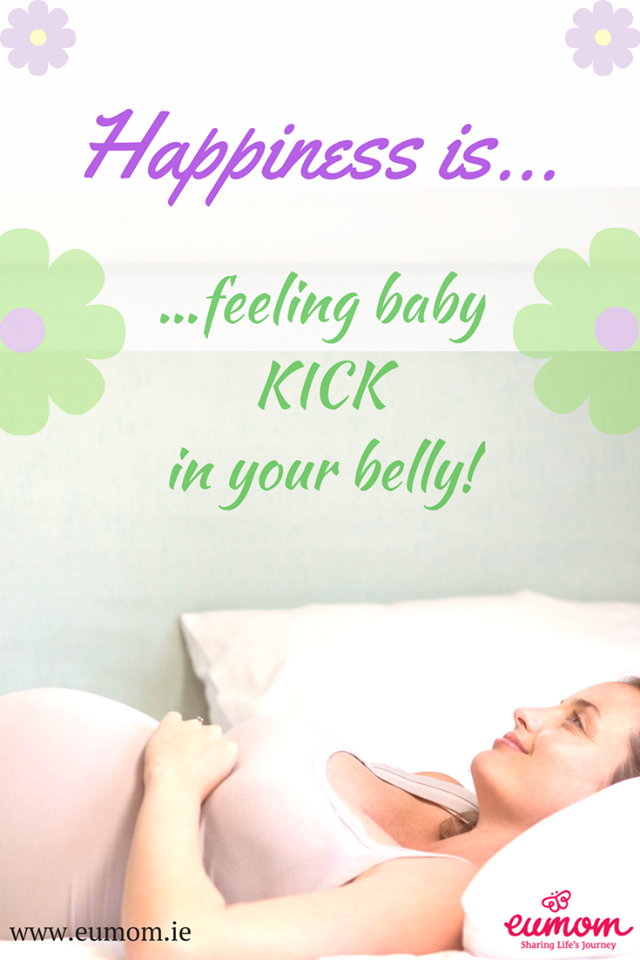 As your baby grows, you'll be able to better distinguish their movements. You'll also figure out at what times of the day your baby is most active. Some babies just naturally move less often than others.
As your baby grows, you'll be able to better distinguish their movements. You'll also figure out at what times of the day your baby is most active. Some babies just naturally move less often than others.
A lack of movement also may mean that your baby is asleep. You may feel fewer kicks and jabs after the 32nd week as your baby gets bigger and has less room to move around in the uterus.
If your baby has started to move regularly and you don't feel at least 10 movements within a 2-hour period, or the movements have slowed significantly, it's time to call your doctor.
Timeline of Baby Movement
Here is a guide to your baby's possible movements.
Week 12: Your baby should start to move, but you probably won't be able to feel anything because the baby is still so small.
Week 16: Some pregnant women will start to feel tiny butterfly-like flutters. The feeling might just be gas, or it might be the baby moving.
Week 20: By this point in your baby's development, you may start to really feel your baby's first movements, called "quickening.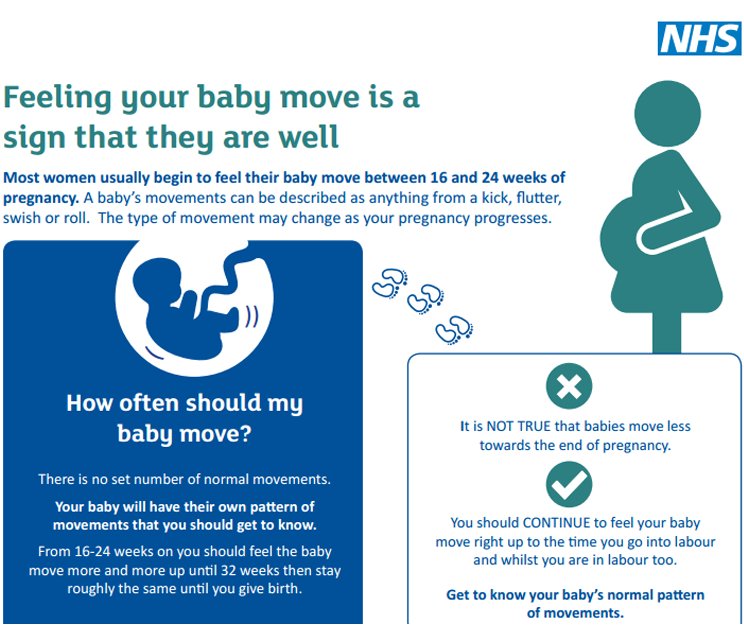 "
"
Week 24: The baby's movements are starting to become more established. You might also begin to feel slight twitches as your baby hiccups.
Week 28: Your baby is moving often now. Some of the kicks and jabs may take your breath away.
Week 36: Your uterus is getting crowded as the baby grows, and movements should slow down a bit. However, alert your doctor if you notice significant changes in your baby’s usual activity. You should feel consistent movement throughout the day.
Fetal movement - how and when does it occur
- At what time does fetal movement begin
- Fetal movement rate
- Methods for assessing the "sufficiency" of fetal movements
- Changes in fetal activity
- Determining the condition of the fetus
“Dear patients, we are pleased to welcome you to the website of the Fetal Medicine Center – a medical center of expert level in the field of modern prenatal medicine.
We see our mission in making the expectation of a child and its birth a happy, calm and most comfortable period for every woman. By providing professional medical support, we help couples plan pregnancy, control its harmonious course, conduct expert-level prenatal diagnostics, providing comprehensive care for the health of the expectant mother and baby.”
Roza Saidovna Bataeva
Head of the Fetal Medicine Center in Moscow
From the very beginning of pregnancy, every expectant mother begins to listen carefully to the sensations inside her growing belly. Can't wait to feel your baby move. When does the fetus begin to move? At what time can a pregnant woman begin to listen carefully to herself, waiting for the first movements of her child? Is it worth worrying if they are not felt or the baby suddenly calmed down? And can movements carry any other information, besides communicating with mom?
At what time does the fetal movement begin
The first movements of the future baby begin early - already at 7-8 weeks of pregnancy . It was at this time that the first muscles and the rudiments of the nervous system of the fetus are formed. Naturally, at this time, the movements of the embryo are still very primitive - these are muscle contractions in response to nerve impulses.
It was at this time that the first muscles and the rudiments of the nervous system of the fetus are formed. Naturally, at this time, the movements of the embryo are still very primitive - these are muscle contractions in response to nerve impulses.
Approximately from 10 weeks of pregnancy the fetus begins to move more actively in the uterus, and, encountering an obstacle on its way (walls of the uterus), change the trajectory of movements. However, the baby is still very small and the impacts on the uterine wall are very weak, the expectant mother cannot yet feel them. At 11-12 weeks of intrauterine life, a little man already knows how to clench his fists, grimace, frown, by 16 weeks of pregnancy he begins to react to loud, sharp sounds with increased motor activity, at 17 weeks the first facial expressions appear, and at 18 weeks he covers his face with his hands and plays with the umbilical cord, clenching and unclenching the fingers.
Gradually, with increasing gestational age, movements become more coordinated and more like conscious. When the baby grows up, the pregnant woman begins to feel his movements.
When the baby grows up, the pregnant woman begins to feel his movements.
When does the fetal movement begin during the first and subsequent pregnancies
It is generally accepted that during the first pregnancy, the expectant mother feels the first fetal movements at 20 weeks of pregnancy, with repeated pregnancies - at 18 weeks. This is not entirely true. A mother who is expecting her first child, indeed, most often begins to feel the movements of the fetus a little later than a multiparous woman. This is due to the fact that "experienced" mothers know how the movements of the crumbs are felt at first and what they should feel. Some primigravidas perceive the first movements of the fetus as an increase in intestinal peristalsis, “gaziki”. Many women describe the first movements of the fetus as a feeling of liquid transfusion in the abdomen, “fluttering butterflies” or “swimming fish”.
The first movements are usually rare and irregular. The time of the first sensations of fetal movements naturally depends on the individual sensitivity of the woman.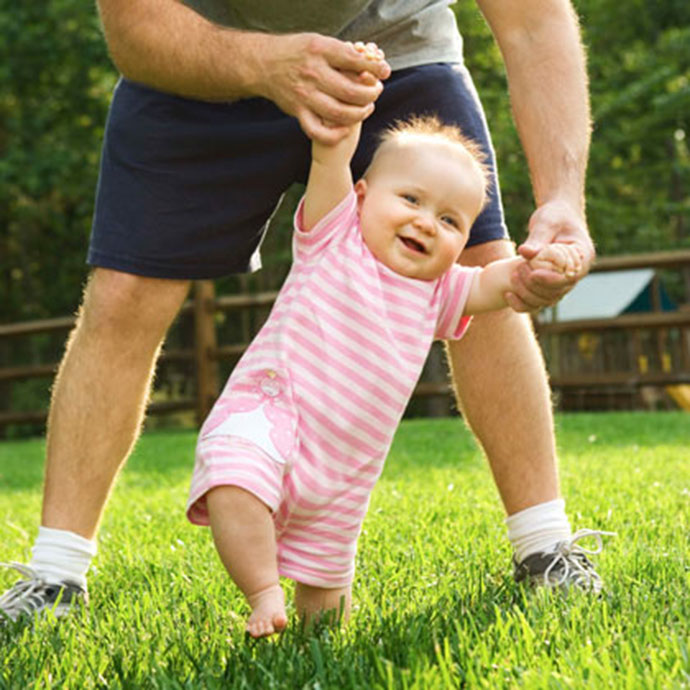 Some future mothers feel the first movements as early as 15-16 weeks, and someone only after 20. Slender women, as a rule, begin to feel movements earlier than full ones. Women who lead an active lifestyle, work hard, usually feel the movements of the fetus later.
Some future mothers feel the first movements as early as 15-16 weeks, and someone only after 20. Slender women, as a rule, begin to feel movements earlier than full ones. Women who lead an active lifestyle, work hard, usually feel the movements of the fetus later.
By 20 weeks, due to the formation of the spinal cord and brain, as well as the accumulation of a certain amount of muscle mass in the fetus, movements become more regular and noticeable .
From 24 weeks of pregnancy, the movements of the fetus are already reminiscent of the movements of a newborn - the expectant mother feels how the fetus changes position, moves its arms and legs. The motor activity of the fetus increases gradually and its peak falls on the period from the 24th to the 32nd week of pregnancy. At this time, the activity of the baby's movements becomes one of the indicators of its normal development. After 24 weeks, the child begins to "communicate" with the mother with the help of movements, respond to the sounds of voice, music, and the emotional state of the mother. With an increase in the gestational age of more than 32 weeks, the motor activity of the fetus gradually decreases due to the fact that the baby is growing up and he simply does not have enough space for active movements. This becomes especially noticeable at the time of childbirth. By the end of the third trimester of pregnancy, the number of fetal movements may decrease somewhat, but their intensity and strength remain the same or increase.
With an increase in the gestational age of more than 32 weeks, the motor activity of the fetus gradually decreases due to the fact that the baby is growing up and he simply does not have enough space for active movements. This becomes especially noticeable at the time of childbirth. By the end of the third trimester of pregnancy, the number of fetal movements may decrease somewhat, but their intensity and strength remain the same or increase.
Fetal movement rate
The baby in the mother's belly moves almost constantly. At the 20th week of pregnancy, the fetus makes about 200 movements per day, and between the 28th and 32nd weeks, the number of movements reaches 600 per day. Naturally, a pregnant woman does not feel all the movements of the fetus, but only a small part of them. So, after 28 weeks, the frequency of fetal movement, according to the sensations of a woman, is usually 4 to 8 times per hour, with the exception of periods of fetal sleep (3-4 hours in a row).
In the third trimester, a pregnant woman may notice that her baby has regular sleep and wake cycles.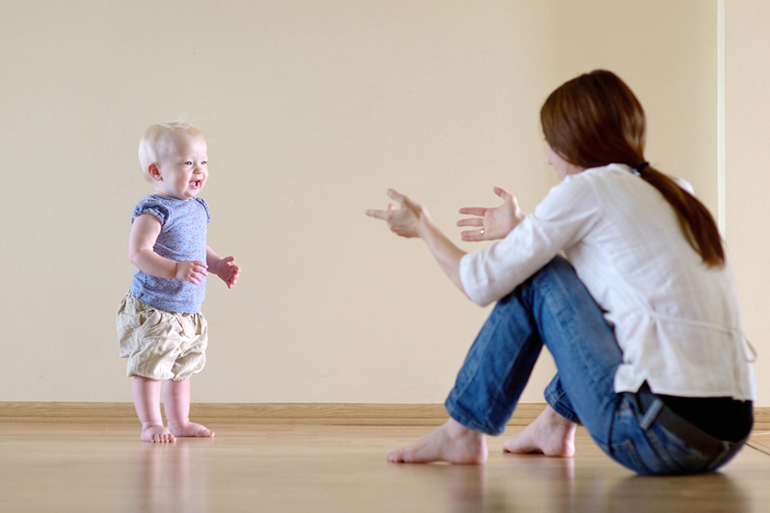 Children are usually most active from 19:00 to 4:00 in the morning, and the period of "rest" occurs more often from 4 to 9:00 in the morning. Of course, the movements of the fetus depend on the mood of the mother, if the mother is worried or happy, the baby can move more actively, or vice versa, calm down. The fact is that when a mother rejoices, her body significantly increases the amount of hormones of joy - endorphins, which regulate the work of the heart and blood vessels, including the vessels of the placenta. During stress or pronounced negative emotions, biologically active substances are also produced - stress hormones, they also affect the work of the heart and blood vessels. It is thanks to this biological interaction between the organisms of mother and baby that the fetus feels the state of the mother. When the expectant mother is resting, the baby usually becomes more active, if the pregnant woman is active, busy with some kind of work, the child most often calms down. The movements also change depending on the satiety of the expectant mother.
Children are usually most active from 19:00 to 4:00 in the morning, and the period of "rest" occurs more often from 4 to 9:00 in the morning. Of course, the movements of the fetus depend on the mood of the mother, if the mother is worried or happy, the baby can move more actively, or vice versa, calm down. The fact is that when a mother rejoices, her body significantly increases the amount of hormones of joy - endorphins, which regulate the work of the heart and blood vessels, including the vessels of the placenta. During stress or pronounced negative emotions, biologically active substances are also produced - stress hormones, they also affect the work of the heart and blood vessels. It is thanks to this biological interaction between the organisms of mother and baby that the fetus feels the state of the mother. When the expectant mother is resting, the baby usually becomes more active, if the pregnant woman is active, busy with some kind of work, the child most often calms down. The movements also change depending on the satiety of the expectant mother. Usually the baby begins to move actively after the mother eats, especially something sweet. At the same time, the level of glucose in the blood increases sharply, which causes the fetus to be more active.
Usually the baby begins to move actively after the mother eats, especially something sweet. At the same time, the level of glucose in the blood increases sharply, which causes the fetus to be more active.
Fetal movements are the language in which the unborn child speaks to the mother. Naturally, a pregnant woman should listen to the movements, because in some cases, changes in the movements of the fetus may indicate a violation of its intrauterine state and a not entirely successful pregnancy.
If, after 20 weeks of pregnancy, the expectant mother does not feel the movement of the fetus, it may be worthwhile to see a doctor and make sure that everything is in order with the baby.
Methods for assessing the "sufficiency" of fetal movements
Counting the number of movements
The easiest way to assess fetal movements is to count the number of movements of the pregnant woman herself. Self-assessment methods are very easy to use, do not require additional equipment, the presence of a doctor and are easily reproducible by any woman. Their disadvantages are that each woman has different thresholds of susceptibility.
Their disadvantages are that each woman has different thresholds of susceptibility.
Count to ten
The most common method for assessing fetal movements is called count to ten . It can be carried out after 28 weeks of pregnancy, when the fetus is mature enough for active movements. Its essence lies in the fact that the expectant mother counts the movements of the fetus for a 12-hour time interval, for example, from 9 am to 9 pm. The time when a pregnant woman catches the tenth movement is recorded on a tablet. If the fetus makes less than 10 movements in 12 hours, this is a reason to consult a doctor for an additional examination.
Sadowski method
In the evening after dinner (approximately between 7until 11 p.m.), the woman lies on her left side and counts the movements of the fetus. At the same time, everything is considered, even the smallest movements. If 10 or more movements are noted within an hour, this indicates that the baby is moving quite actively and feels good.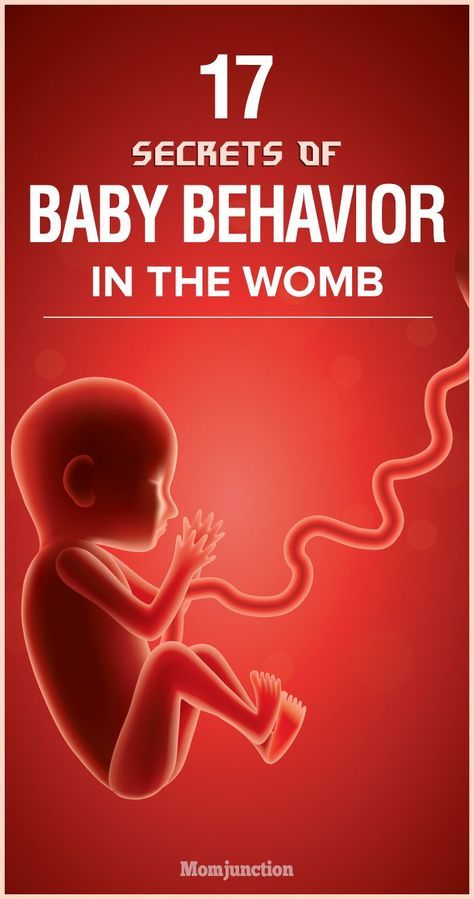 If the fetus moved less than 10 times in an hour, then the movements are counted for the next hour. Evening time for this assessment method was not chosen by chance. It is in the evening hours, especially after dinner and the associated increase in glucose, that the greatest activity of the fetus is noted. If the number of fetal movements during this test is less than 10 per two hours, this should be considered as a sign of a violation of his condition and additional studies should be carried out.
If the fetus moved less than 10 times in an hour, then the movements are counted for the next hour. Evening time for this assessment method was not chosen by chance. It is in the evening hours, especially after dinner and the associated increase in glucose, that the greatest activity of the fetus is noted. If the number of fetal movements during this test is less than 10 per two hours, this should be considered as a sign of a violation of his condition and additional studies should be carried out.
For an obstetrician-gynecologist, fetal movements are also an important diagnostic criterion for some deviations in the course of pregnancy from the norm. Too active, violent, painful fetal movement or weak, rare movements may indicate its unfavorable condition.
Changes in fetal activity
Changes in fetal activity may be associated with external influences. For example, if a pregnant woman lies on her back for a long time, then the enlarged uterus compresses a large vessel - the inferior vena cava, the blood flow to the fetus is disrupted, which immediately causes its violent reaction - active movements.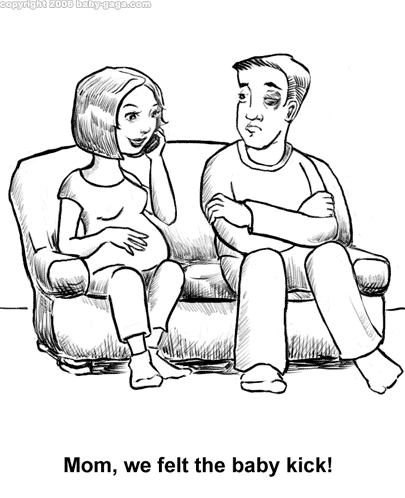 The same changes in the activity of the baby can occur in any other uncomfortable position of the mother - if she leans forward, squeezing her stomach, sits with her legs crossed, the child forces her mother to change her position with her activity. A similar situation occurs if the baby himself squeezes or presses the loops of the umbilical cord, limiting the flow of blood through it. He begins to move more actively, changes his position and relieves pressure on the umbilical cord. However, in some cases, an increase or vice versa, a subsidence of fetal movements can be a sign of a serious pathology.
The same changes in the activity of the baby can occur in any other uncomfortable position of the mother - if she leans forward, squeezing her stomach, sits with her legs crossed, the child forces her mother to change her position with her activity. A similar situation occurs if the baby himself squeezes or presses the loops of the umbilical cord, limiting the flow of blood through it. He begins to move more actively, changes his position and relieves pressure on the umbilical cord. However, in some cases, an increase or vice versa, a subsidence of fetal movements can be a sign of a serious pathology.
After 28 weeks of pregnancy, if your baby doesn't let you know for 3-4 hours, he may just be sleeping. In this case, the expectant mother needs to eat something sweet and lie down on her left side for half an hour. If these simple manipulations do not lead to a result, it is worth repeating them again after 2-3 hours. If this time the baby does not make itself felt, this is an occasion to consult a doctor. Rare and weak movements can also indicate a fetal problem, most often a lack of oxygen for the baby, that is, fetal hypoxia.
Rare and weak movements can also indicate a fetal problem, most often a lack of oxygen for the baby, that is, fetal hypoxia.
Determining the condition of the fetus
To determine the condition of the fetus, the doctor conducts a series of examinations:
Auscultation (listening)
The simplest is auscultation (listening) with a special wooden tube (obstetric stethoscope) or a special apparatus that captures the fetal heartbeat, doctor listens to the baby's heartbeat. Normally, it is about 120-160 beats per minute. A decrease in heart rate less than 120 or an increase of more than 160 indicates intrauterine suffering of the child.
Ultrasound and dopplerometry
During ultrasound, the doctor visually assesses the size of the fetus, the compliance of the development of the fetus with the gestational age, because with oxygen starvation, the growth rate of the fetus slows down and its size lags behind the norm for each period of pregnancy. Also important is the structure of the placenta, the presence of signs of aging in it, as a result of which the function of transferring blood, oxygen and nutrients to the fetus usually worsens. During ultrasound, the amount and type of amniotic fluid is assessed, which can also change with intrauterine fetal suffering. Dopplerometry of the vessels of the placenta and umbilical cord is a method for studying blood flow velocities in these vessels. With a decrease in the speed of blood flow in any vessel, one can speak of fetal malnutrition of varying severity.
Also important is the structure of the placenta, the presence of signs of aging in it, as a result of which the function of transferring blood, oxygen and nutrients to the fetus usually worsens. During ultrasound, the amount and type of amniotic fluid is assessed, which can also change with intrauterine fetal suffering. Dopplerometry of the vessels of the placenta and umbilical cord is a method for studying blood flow velocities in these vessels. With a decrease in the speed of blood flow in any vessel, one can speak of fetal malnutrition of varying severity.
Cardiotocography (CTG)
This is an important method for assessing the condition of the fetus. CTG is performed at a gestational age of 33 weeks or more, since only in this period of intrauterine development of the baby is a full-fledged regulation of the activity of the cardiovascular system of the fetus by the centers of the spinal cord and brain. Recording of fetal heartbeats is carried out for at least 40 minutes, and if necessary, the study can be extended up to one and a half hours. The device registers and records the baby's heart rate. For example, with a decrease in the oxygen concentration in the blood of the fetus, the supply of oxygen to the cells of the nervous system decreases, which in turn affects the heart rate, especially during the child's wakefulness. The obstetrician-gynecologist evaluates the heartbeat recording curve, episodes of slowing down and a sharp increase in the fetal heart rate, and based on these data, makes a conclusion about how comfortable the baby feels in the mother's stomach.
The device registers and records the baby's heart rate. For example, with a decrease in the oxygen concentration in the blood of the fetus, the supply of oxygen to the cells of the nervous system decreases, which in turn affects the heart rate, especially during the child's wakefulness. The obstetrician-gynecologist evaluates the heartbeat recording curve, episodes of slowing down and a sharp increase in the fetal heart rate, and based on these data, makes a conclusion about how comfortable the baby feels in the mother's stomach.
If during additional methods for assessing the condition of the fetus, initial disturbances in the supply of oxygen to the baby are detected, drug treatment is carried out aimed at increasing the access of blood and oxygen through the placenta and mandatory control examinations against the background of ongoing therapy. If the changes are deep and the baby experiences a pronounced deficiency of oxygen and nutrients, his condition suffers, an emergency delivery of such a patient is performed.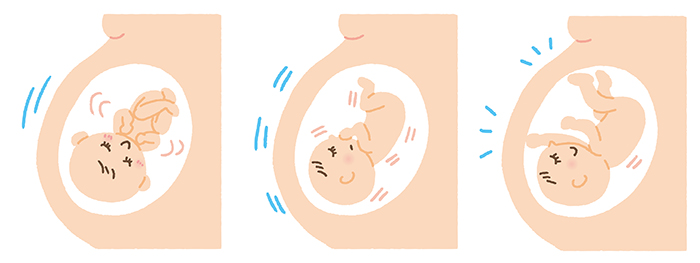
Fetal movements are not only an indicator of his condition, it is a way of communication between the baby and parents. The movements of the baby in the mother's tummy are unforgettable sensations that a woman can experience only in this short, but such a happy period of her life.
Center for Fetal Medicine in Moscow:
The main activities of our center are the early detection of congenital malformations in the fetus, prenatal screening for the detection of chromosomal abnormalities in the fetus, as well as pregnancy complications such as preeclampsia, fetal growth retardation and threatened abortion.
Our center is organized in such a way that the whole range of services is concentrated in one place, where a woman receives the results of various types of examinations, including ultrasound, biochemical, and specialist consultation within 1-1.5 hours. In the presence of a high risk for chromosomal diseases in the fetus, invasive diagnostics and genetics consultation are carried out here in the center.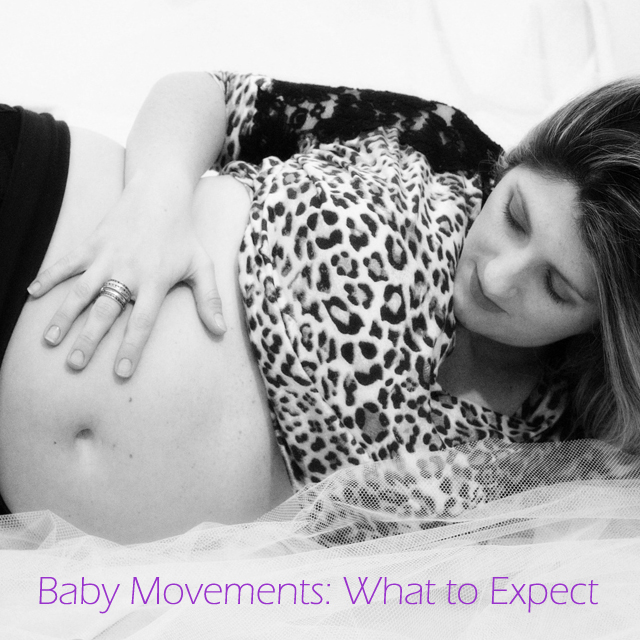
Fetal echocardiography is given special attention in our center, since congenital heart defects in the fetus are increasingly common today, but, unfortunately, are often missed during ultrasound during pregnancy.
In view of the ever-increasing number of multiple pregnancies, which requires more time and a special approach, the observation of women with multiple pregnancies has been separated in our clinic for multiple pregnancies.
All examinations in the center are carried out according to the international standards FMF (Fetal Medicine Foundation) and ISUOG (International Society for Ultrasound in Obstetrics and Gynecology). In complex clinical cases, we can consult with specialists from King's College Hospital, King's College Hospital (London, UK).
The team is a special pride of the center. Our doctors are not only one of the leading specialists, professors, doctors and candidates of medical sciences, doctors of the highest categories, they are also a team of like-minded people and real enthusiasts in their field. All ultrasound diagnostic doctors in our center have international FMF certificates. Having extensive experience in prenatal diagnostics, we share our knowledge with our colleagues by conducting training courses.
All ultrasound diagnostic doctors in our center have international FMF certificates. Having extensive experience in prenatal diagnostics, we share our knowledge with our colleagues by conducting training courses.
The Center is equipped with the most modern diagnostic equipment: these are the latest generation ultrasound machines, GE Voluson E8 Expert, with a complete set of modern technologies, including three-dimensional ones, this is a biochemical analyzer, Delfia Xpress, these are workplaces with professional computer programs.
Fetal movements during pregnancy
Fetal movements are expected by pregnant women and obstetrician-gynecologists. This is a very important sign that allows you to judge that the pregnancy is going well, and the child is developing successfully. Also, the baby communicates with the mother with the help of movements and can tell her about any inconvenience, so you need to listen to the movements of the fetus.
When fetal movements appear
- The first fetal movements appear at the seventh or eighth week of pregnancy.
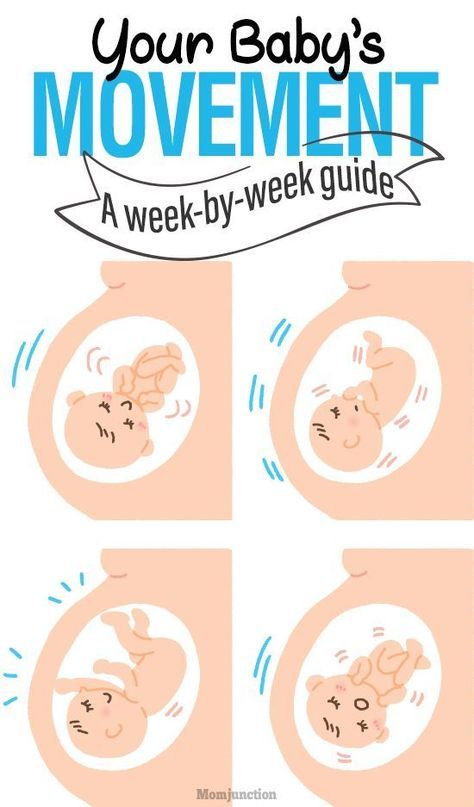 However, the small fetus does not come into contact with the walls of the uterus, so the mother does not feel its movements.
However, the small fetus does not come into contact with the walls of the uterus, so the mother does not feel its movements. - Closer to the seventeenth week, the fetus begins to react to loud sound and light, from the eighteenth it begins to consciously move.
- A woman begins to feel movements during her first pregnancy from the twentieth week. In subsequent pregnancies, these sensations occur two to three weeks earlier. Also, a woman will feel the first movement of the fetus earlier if she is slim and leads an active lifestyle.
- From the twenty-eighth week, especially active movements are observed. The child "communicates" with the mother, reacts to her emotions. This continues until the thirty-second week, when the baby grows so much that it can no longer actively move in the uterus.
Fetal movement - as normal
Except for three to four hours a day when the baby sleeps, he is in constant motion. In the twentieth week, the fetus makes two hundred perturbations a day, from the twenty-eighth to the thirty-second, their number increases to six hundred.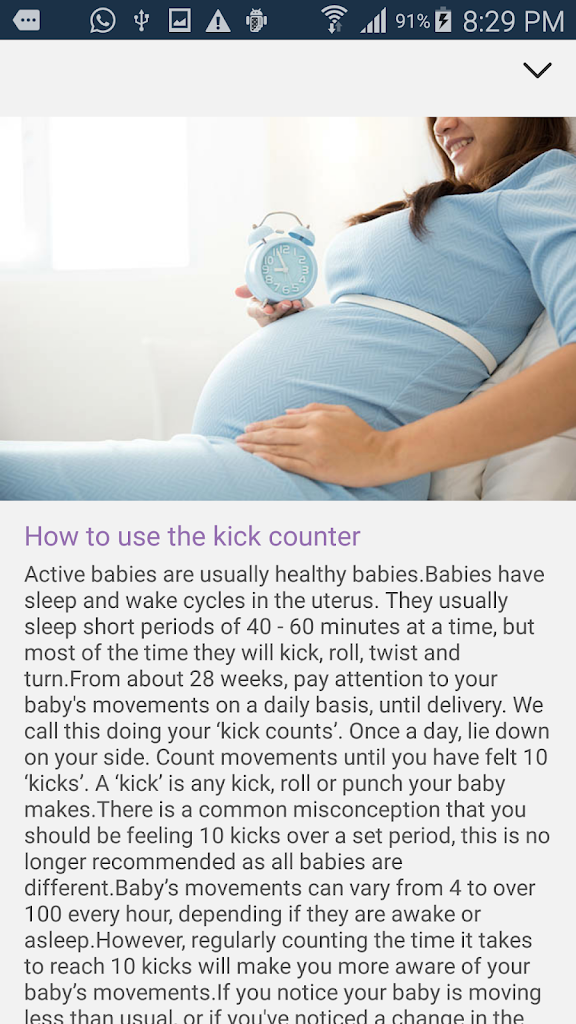 Then, the activity decreases again.
Then, the activity decreases again.
Fetal activity may vary depending on the following factors:
- Time of day . Usually the fetus moves more actively in the evening and at night.
- Mother's emotions . If a pregnant woman is under stress, then the child is frightened, may freeze and stop moving, or, conversely, react to adrenaline with active movements.
- Physical activity . During physical activity, the child is usually more calm than at rest. If the mother is in an uncomfortable position for a long time, the fetus may react with strong painful shocks.
- Pregnant diet . If the mother feels hungry, the child begins to move more actively. Also pushing and touching become stronger after eating. Especially if mom eats sweets.
- Environment a. The fetus reacts to loud sounds, sudden switching on of light. He may freeze in fear, or vice versa, begin to move more actively.

Why and how to count fetal movements
Changes in the motor activity of the fetus may be a sign of pregnancy pathology. Too strong, painful, or vice versa, weakened movements signal that the child does not have enough oxygen. This condition is called fetal hypoxia. In addition, sensations change when the amount of amniotic fluid changes. Therefore, it is important to count fetal movements, especially during the first pregnancy.
There are three methods for counting fetal movements:
- Pearson method . Movements are considered from nine in the morning to nine in the evening, during which physical activity is limited. In a special table, the time of every tenth movement is entered. Normally, the interval between them is less than an hour.
- Cardiff Method . Movements are counted for twelve hours. If during this period of time the child performed at least ten movements, the counting is stopped and starts again the very next day.



